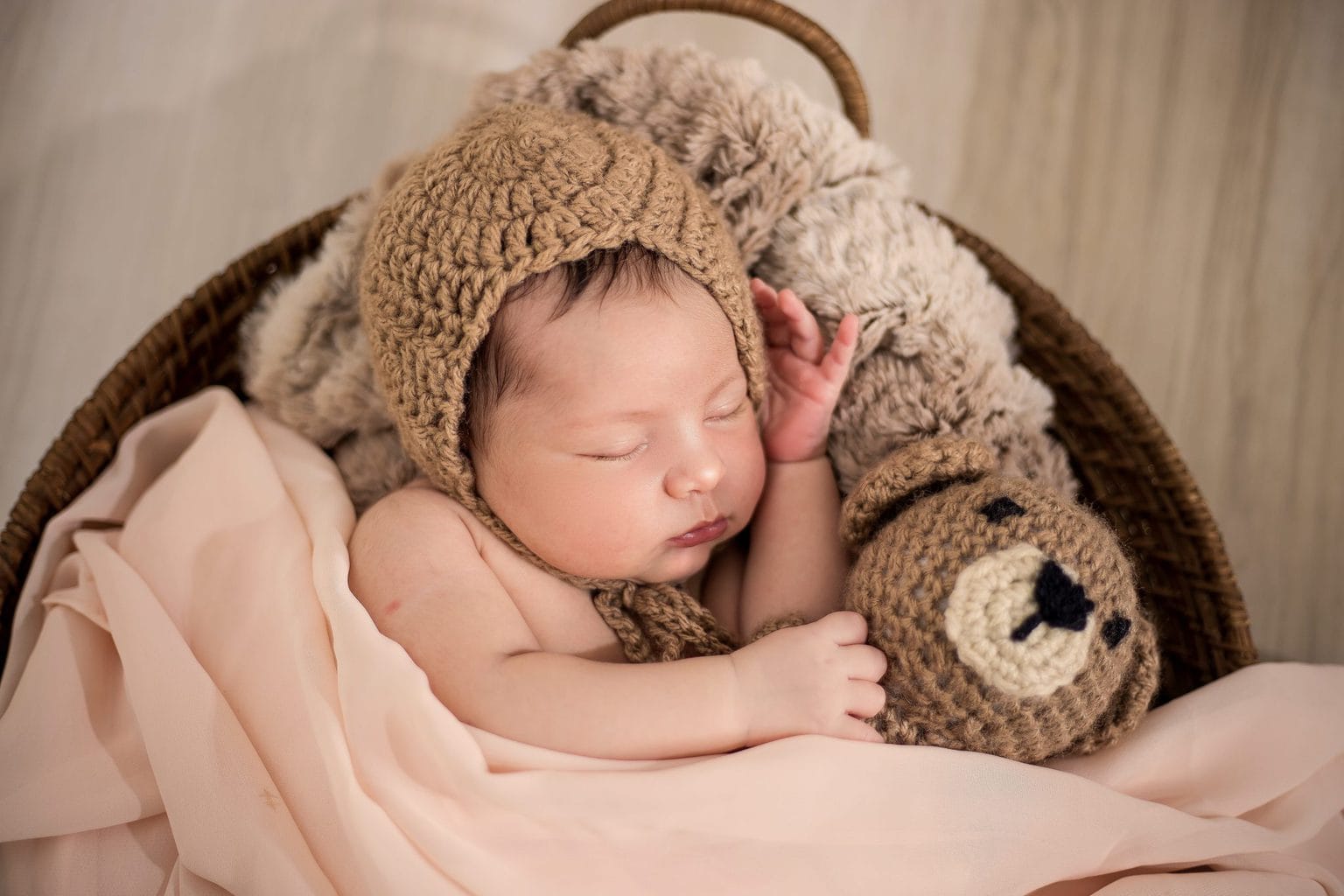The newborn photography or newborn photography is that photography that is based on the very first days after birth. Although it may seem and be confused with baby photography , the truth is that newborn photography has unique characteristics that make it different from any other type of photography.
It is common for the first days of a baby's life for parents to be saturated with so much change, uncertainty and lack of sleep, but it is highly recommended to take a breath, stop and reserve a morning to generate an absolutely unique and unrepeatable memory such as having some beautiful images of this short stage.
So, whether you are the future father or mother photographer of the offspring, or if you are going to carry out a newborn photography session for some friends or acquaintances and even want to enter this world professionally, this complete guide is for you. With it I intend to resolve any questions you have about it and guide you throughout the process. I really hope that it helps you in this photographic discipline.
Now, if you are late for the newborn session and what you need is a guide for the next stage, here is the complete guide to baby photography and for when they are a little older, this other one dedicated to photographing children full of tricks and tips.
WHAT IS NEWBORN PHOTOGRAPHY?
Newborn photography is a photographic genre consisting of portraying newborn babies during their first days of life, that is, between 6 and 10 days, maximum 15 days.
Only 10 days margin? Surely you will wonder why newborn photography is so limited in time, if a baby of one month, and even two, we see practically a newborn.
But the truth is that no, because a newborn baby has special characteristics that last for a few days and that is why you have to "hurry up" when taking photos in the first days of life. Next, I explain the reason for this limitation in time.
CHARACTERISTICS OF THE NEWBORN
During the newborn phase, the baby is characterized by:
- Being highly elastic, it still retains the natural postures it adopted inside the mother's tummy.
- The nails are extremely thin and fragile, also very characteristic of this stage.
- In many cases, it still retains the hair on its ears and back ( lanugo ) so characteristic of newborns.
- He sleeps a lot and deeply, which is very useful for the session. At 3 weeks the "infant crisis" can occur, making them more uncomfortable and irritable.
- Infant acne can also appear within a few weeks.
- After a few days they change the skin with which they are born, they flake slightly, especially on the hands, feet, etc. It is also a typical detail (and photographable from this phase).
- The hair is silky and the skin is very fine, if you have had a newborn baby nearby you will know what I mean.
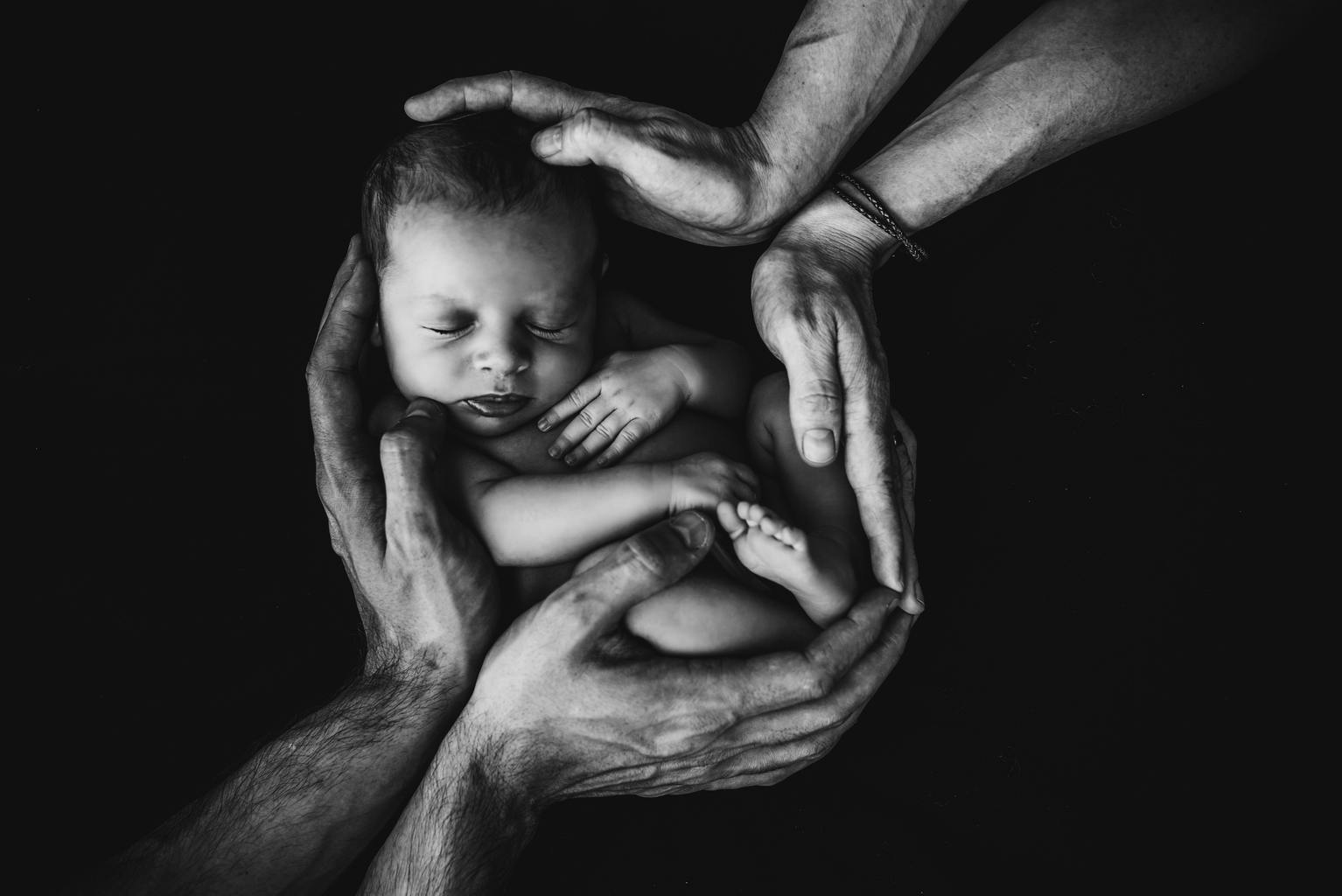
These characteristics are exclusive to the first days, after that it is another stage that is highly photographable and equally precious, but different.
PHOTOGRAPHIC EQUIPMENT FOR NEWBORN PHOTOGRAPHY
To photograph a newborn, the first thing to keep in mind is that, with some grace and a few tricks, you can do it with any type of camera. You can even achieve impressive results simply with your mobile phone's camera. Now, it is clear that if a good photographic team accompanies you, then better. That being said, this is the equipment that I recommend:
- Camera with interchangeable lenses. Here are some good options for different levels and budgets.
- Tripod. It is not essential since most of the images will surely be freehand. However, if you have one, it can help you in low light situations, etc. If you are looking for one , here we guide you in the purchase of your next tripod .
- Objective: Here are the best objectives for newborn photography in detail .
- Continuous light. If you have a room with good natural lighting, take advantage of it. If not, you can resort to some type of continuous lighting such as umbrellas or light windows.
- white noise machine. It is not strictly photographic but if you want to calm the baby, it is an artifact that can be very useful. This type of noise imitates what the baby feels in its mother's tummy and relaxes them. Tip: at home you can take advantage of the noise of the washing machine or a hair dryer, for example.
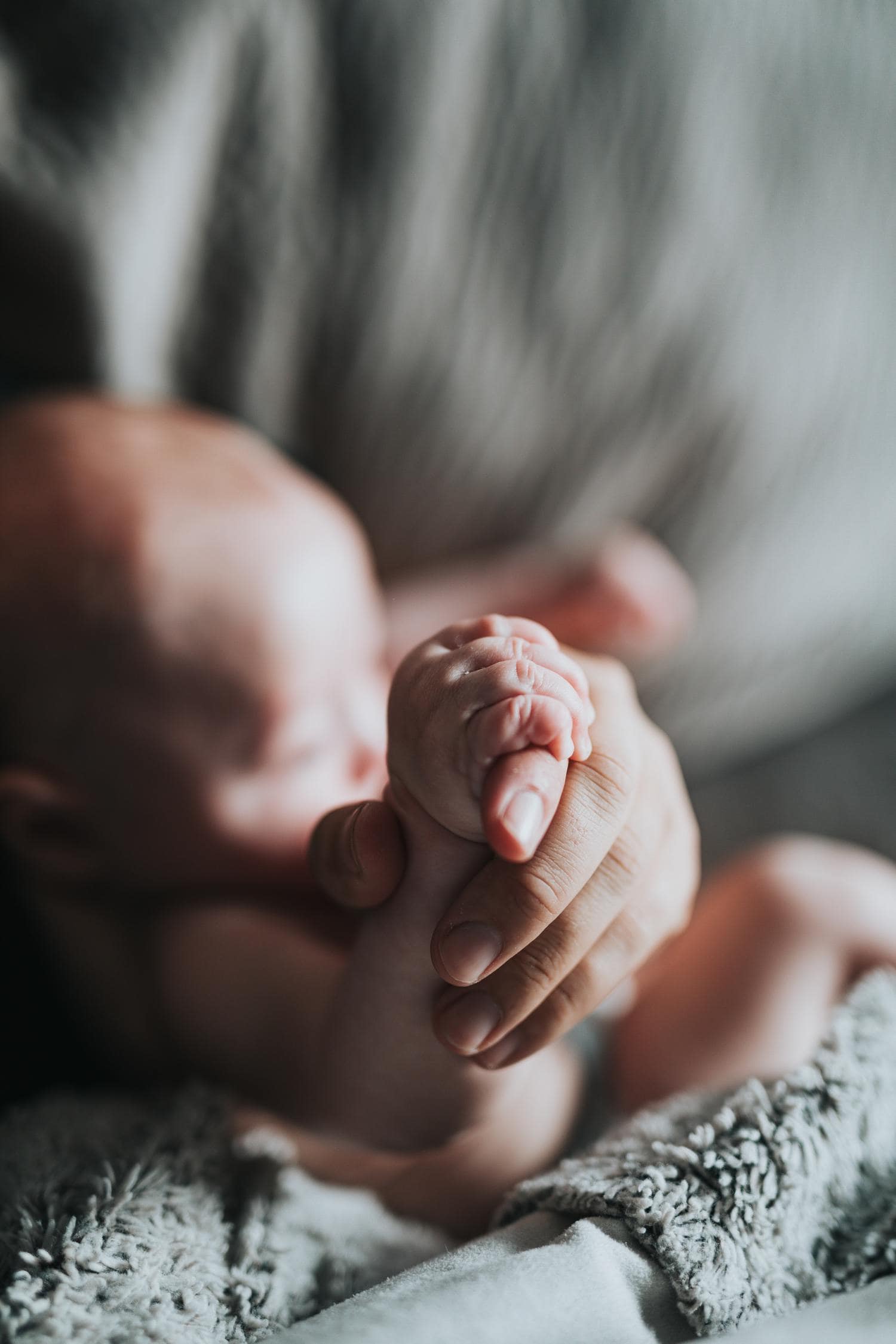
NEWBORN PHOTOGRAPHY PROPS
The props in newborn photography is essential to obtain a good result in your images. Even if you are looking for a very natural result, investing in a couple or three of accessories will help you finish beautifying your images.
- Headbands with flowers, fabric, wool or crochet…
- Soft and tasty blankets of angora, cotton...
- cotton swaddles
- Wraps: ideal for wrapping the newborn.
- tulle fabrics
- Wool, crochet or cotton hats
- Baskets (be careful with splinters or similar, always put a cloth lining the interior)
- bowls
- Hammocks. Keep in mind that security is above all else. Those photos you see of babies suspended in swings are actually held in their hands, underneath, only removed in Photoshop.
- Puff for newborn photography: try to make it comfortable, but at the same time rigid enough so that the baby does not sink. If not, there will be parts of the baby's body that will not be seen correctly. Also take into account the size, and regarding the color, as you will surely put some fabric on top, it is not something very important from my point of view. Here I leave you an option.
The choice of the color of the accessories is very important, I would always bet on raw, neutral and smooth tones, which will serve you for most occasions. Think that any complement should be aimed at embellishing the image but never stealing the limelight (although that is difficult ? ).
If you want to delve deeper into this type of accessories, do not miss our article with the best accessories for baby portraits. And if you are looking for a place to buy them, you can take a look at this website, or search on Amazonwhere you also have a lot of options.
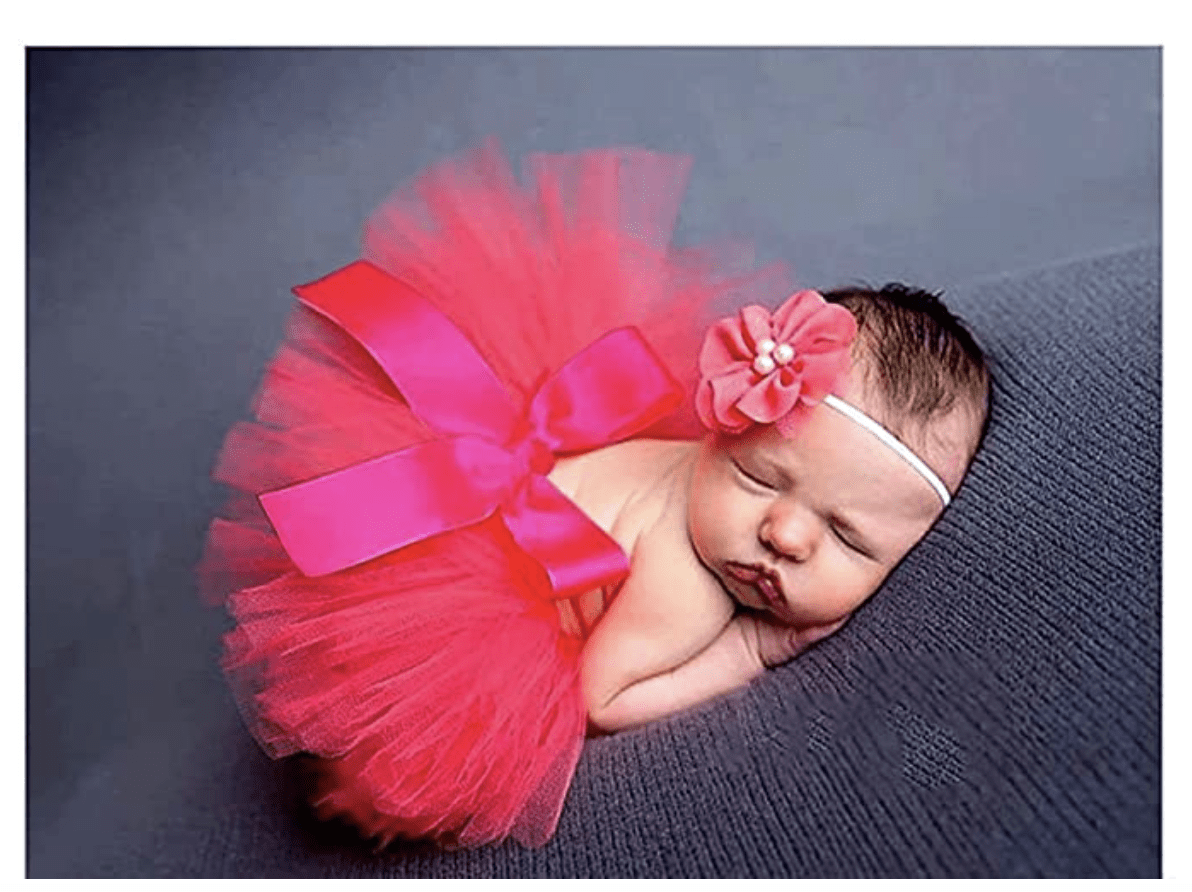
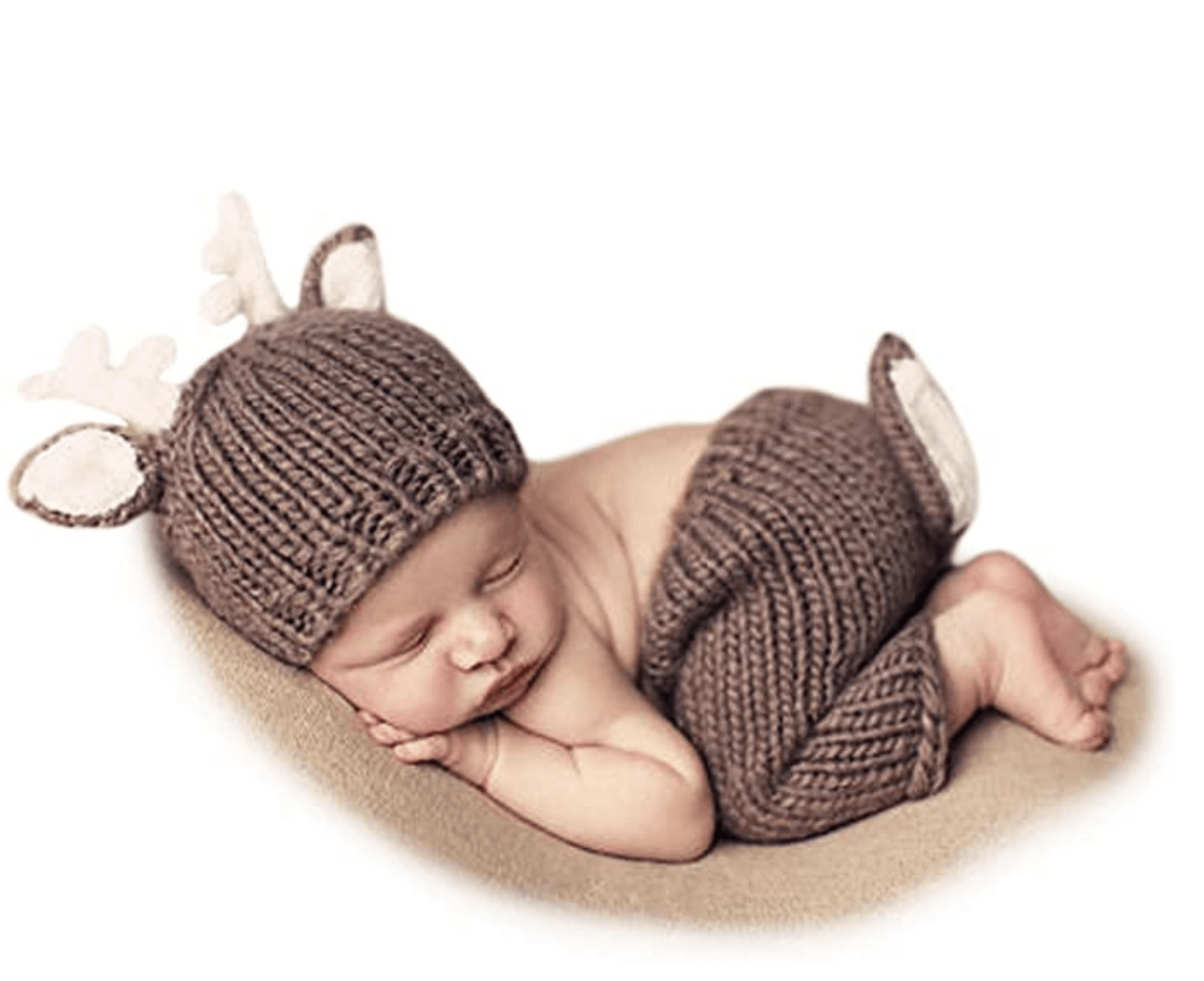
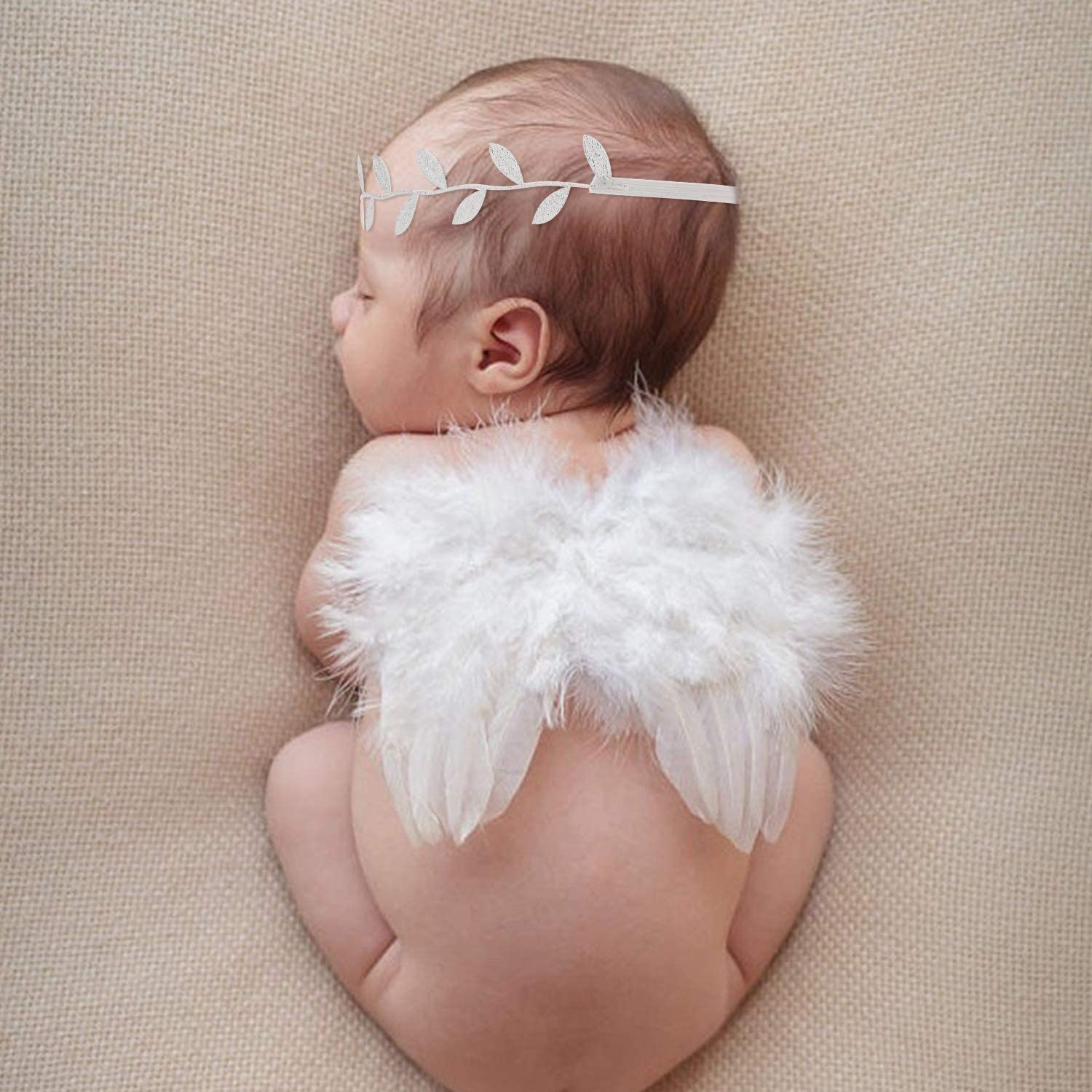
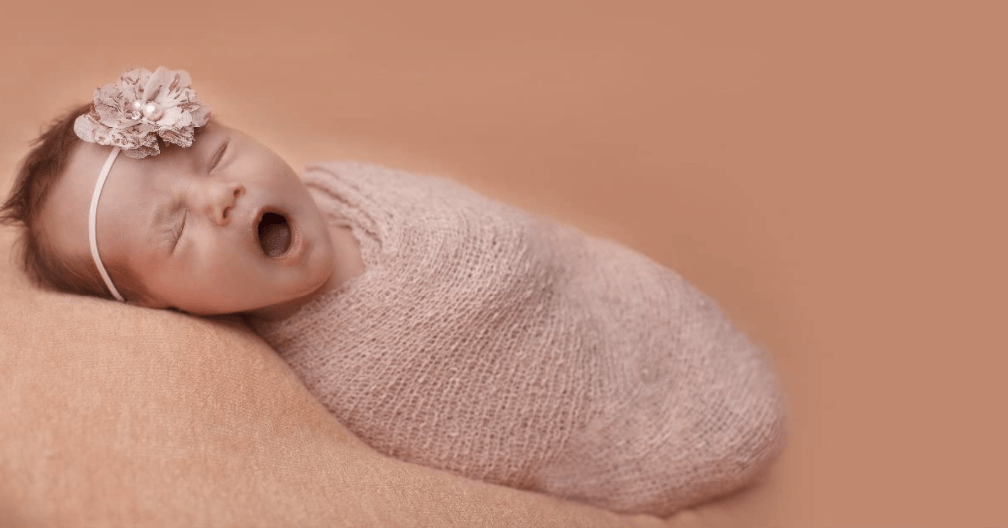
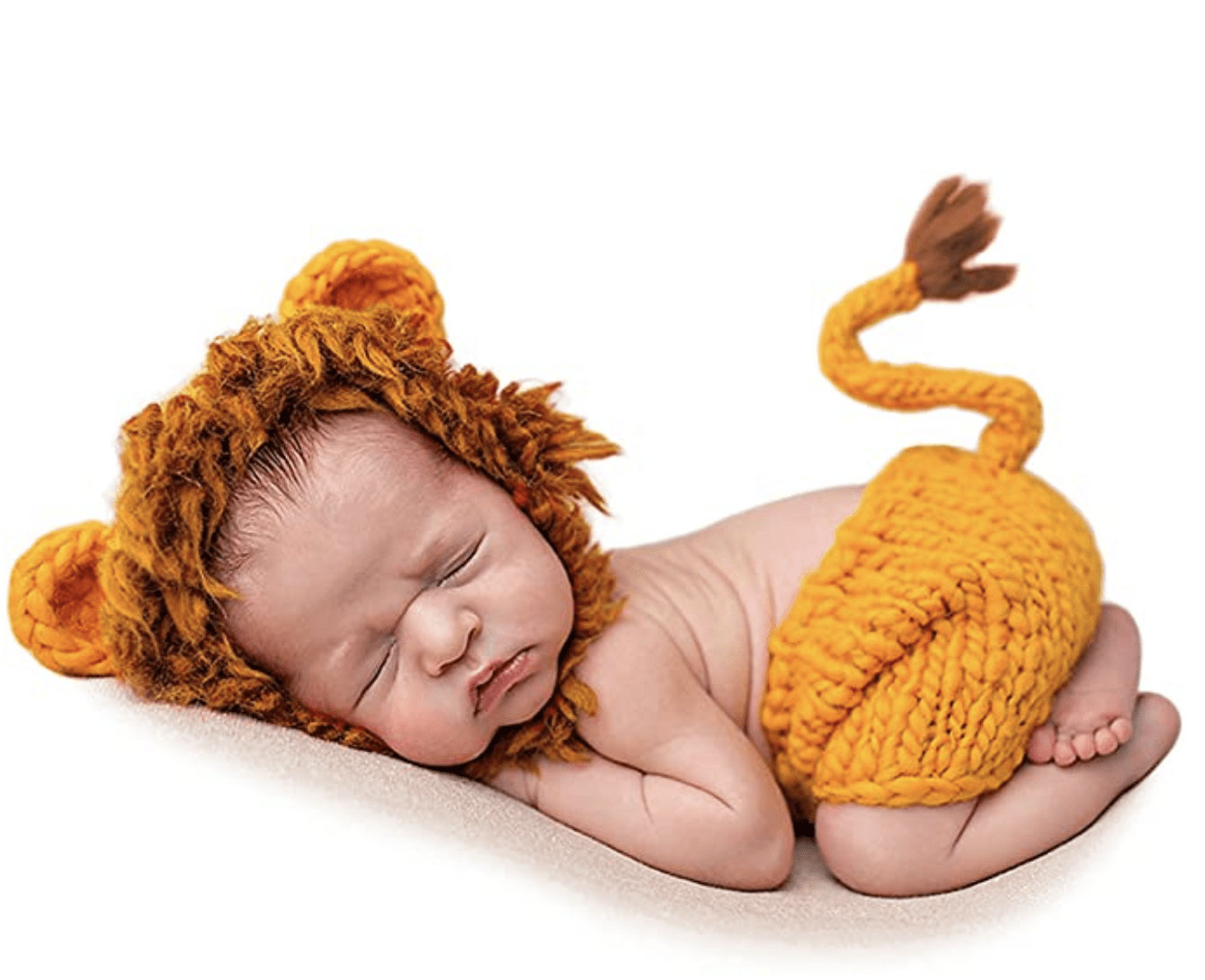
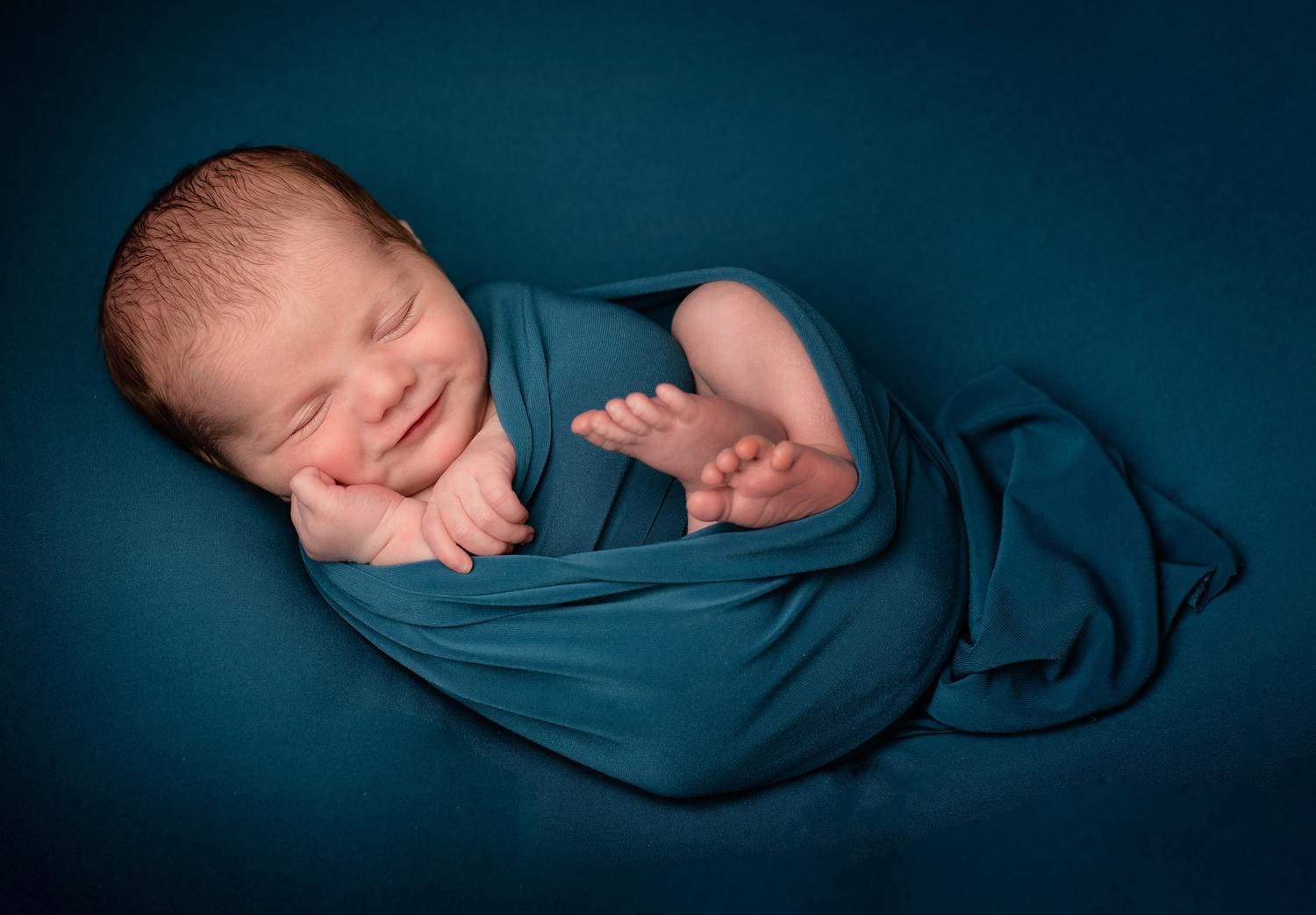
NEWBORN PHOTOGRAPHY LIGHTING
Although creativity is an added value, the truth is that, basically, to photograph a newborn, the ideal is soft and diffused natural lighting.
- Soft light is the one that transmits harmony, softness, balance and tenderness and, therefore, the one that best suits this type of photography. Now, I recommend that you also encourage yourself to try different lighting techniques, such as high or low key .
- The angle at which the light falls on the newborn is also decisive when it comes to having good results, in this case, a light at a 45º or lateral angle.
- If you photograph in natural light, move the baby to a window. If the light is too harsh, place a light curtain in front or a semi-transparent fabric.
- Experiment with other light schemes, they can also give you good results. Take, for example, this backlight:
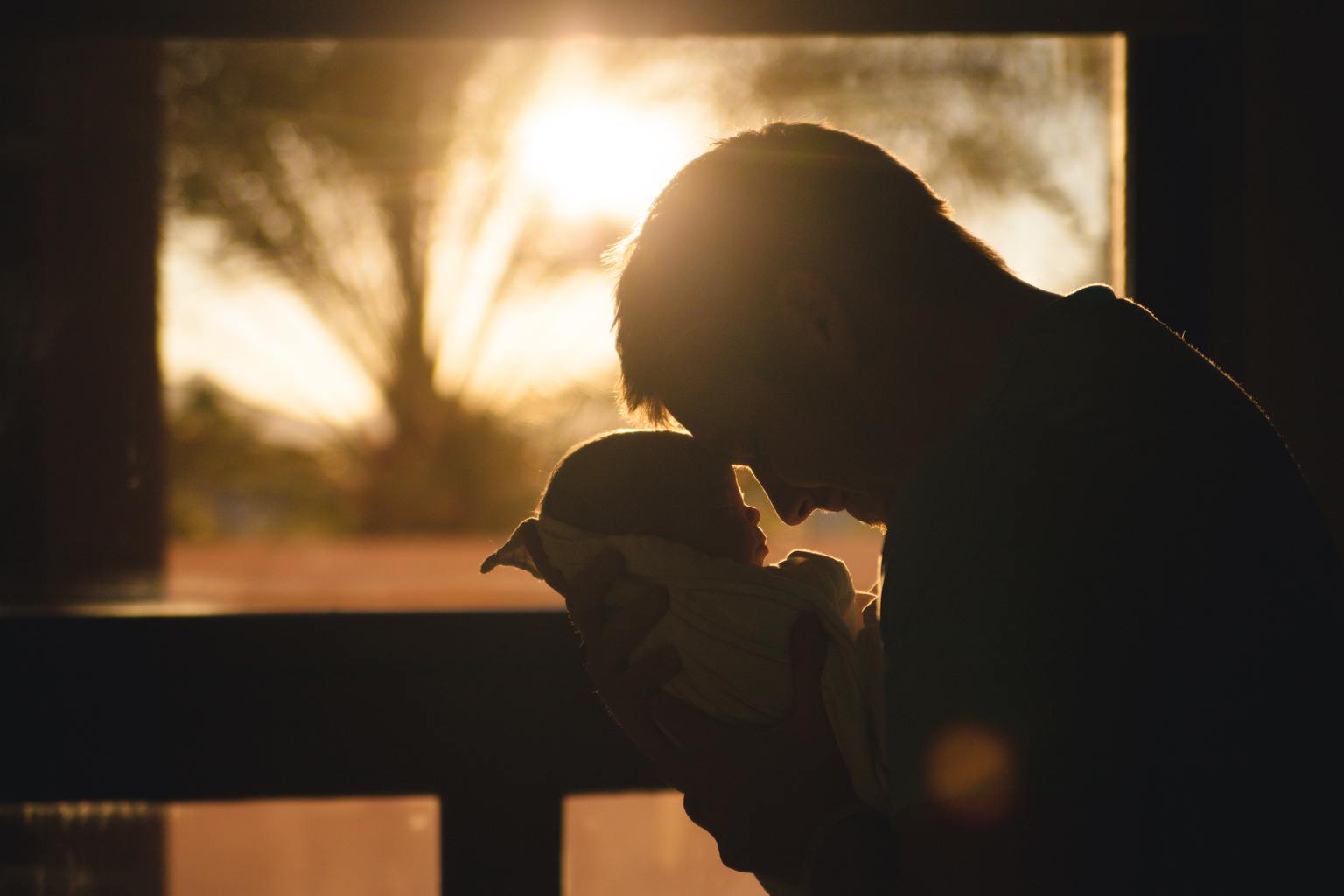
If you need to go deeper into this topic, take a look at this complete guide on lighting that I wrote for you.
HOW TO PLAN A NEWBORN PHOTOGRAPHY SESSION
The first thing you should try, as I told you at the beginning of this guide, is to carry out the session during approximately the first 15 days of the baby's life.
- Mornings offer more possibilities in terms of natural lighting. Also, babies at this time are calmer.
- Find a warm, well-lit place. If it is not summer, it is likely that you should have the heating on full blast, it should be very warm.
- Set aside at least 3 hours to do the session. Think that during this process the baby will eat, get dirty, cry... and thousands of unforeseen events for which you have to have enough time.
- A comfortable place for the mother. Whether she breastfeeds or bottle feeds, the mother will have given birth a few days ago, so she will also need her space, her intimacy and to feel comfortable. If the mother is calm and comfortable, the baby will be too.
- Have all the equipment ready and at hand, no losing the thread because you forgot to charge the batteries or empty the memory card ;).
- Also the props that you plan to use. This point is decisive in the final result of your photographs. If it is not your baby, you should agree with the family what kind of photos they like (offer them only what you think will work well and choose what best suits their style and yours, of course).
- Also have spare fabrics ready, surely you will have more than one "escape" during the session.
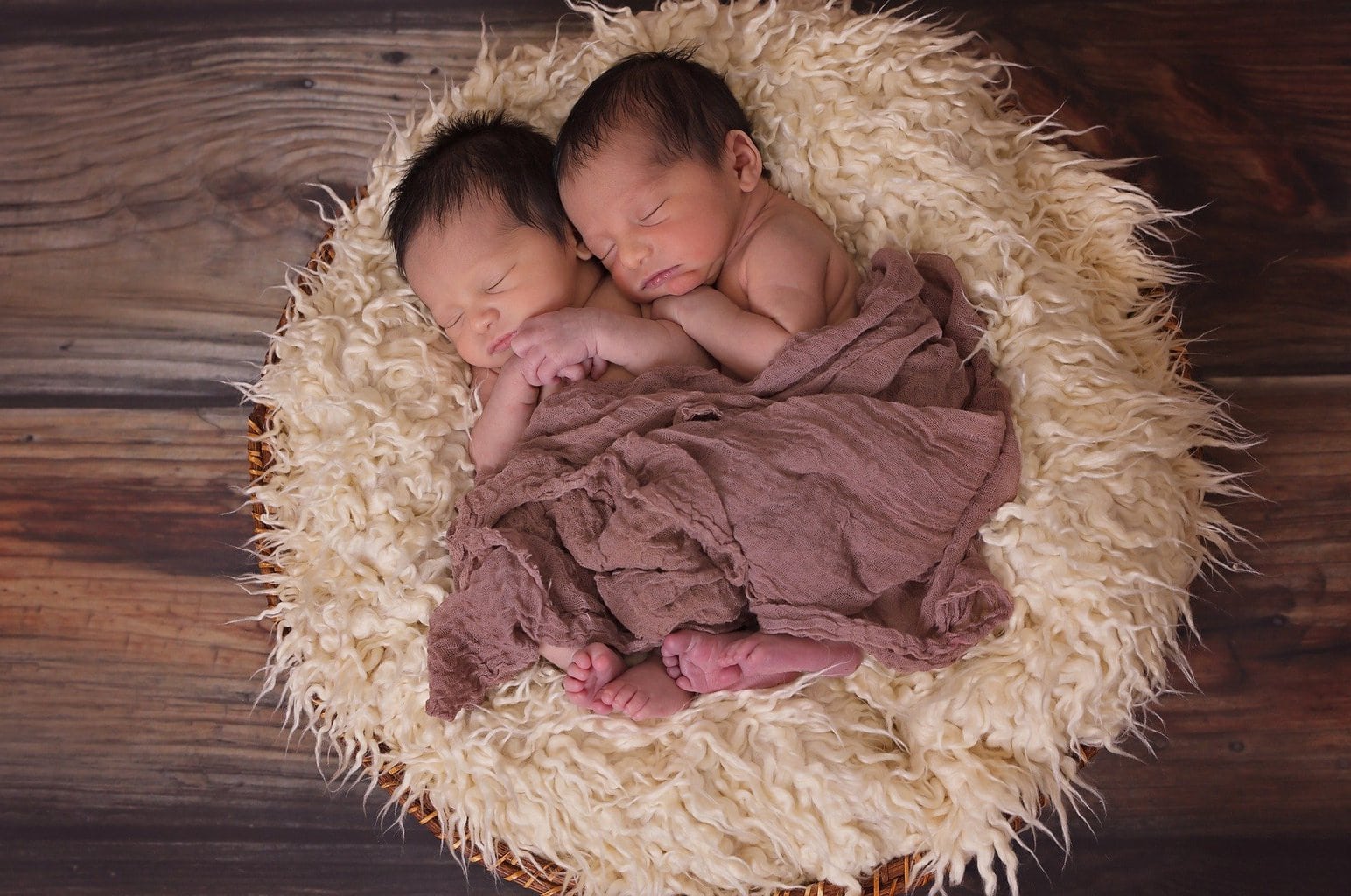
NEWBORN PHOTOGRAPHY IN STUDIO
Newborn studio photography allows us to control all the important aspects of the shot to focus more on the specific ones. In this sense, the final result is more "professional" and "neutral" (the painting of the great-grandfather will not appear in the background ? ), which has its advantages.
- Decide on the type of lighting. I recommend that you opt for a natural, soft and diffused light to start.
- It has many advantages, but one clear disadvantage to keep in mind is that natural light changes quickly, so keep that in mind when updating settings.
- Never use the flash, if you want artificial light, let it be a continuous light.
- Remember aspects such as a good temperature for the newborn.
- Controls the white balance.
- RAW photography.
- Use a preferably smooth and clear background. Or a dark one if you want a spectacular low key photograph.
- Try to photograph in manual mode, but if you do not master it, it is preferable that you opt for an aperture priority mode.
- Always have water on hand, for you and especially for the mother. Whether you breastfeed the baby or need to prepare a bottle, since in the first case you need to hydrate well and in the second, prepare the milk.
- Have the study well organized, everything in its place. It will prevent you from panicking, breaking the rhythm of the session, etc., when you are looking for something essential and can not remember where you left it.
- A recommendation if you have cold hands is to use cloth gloves to place the baby, also more hygienic.
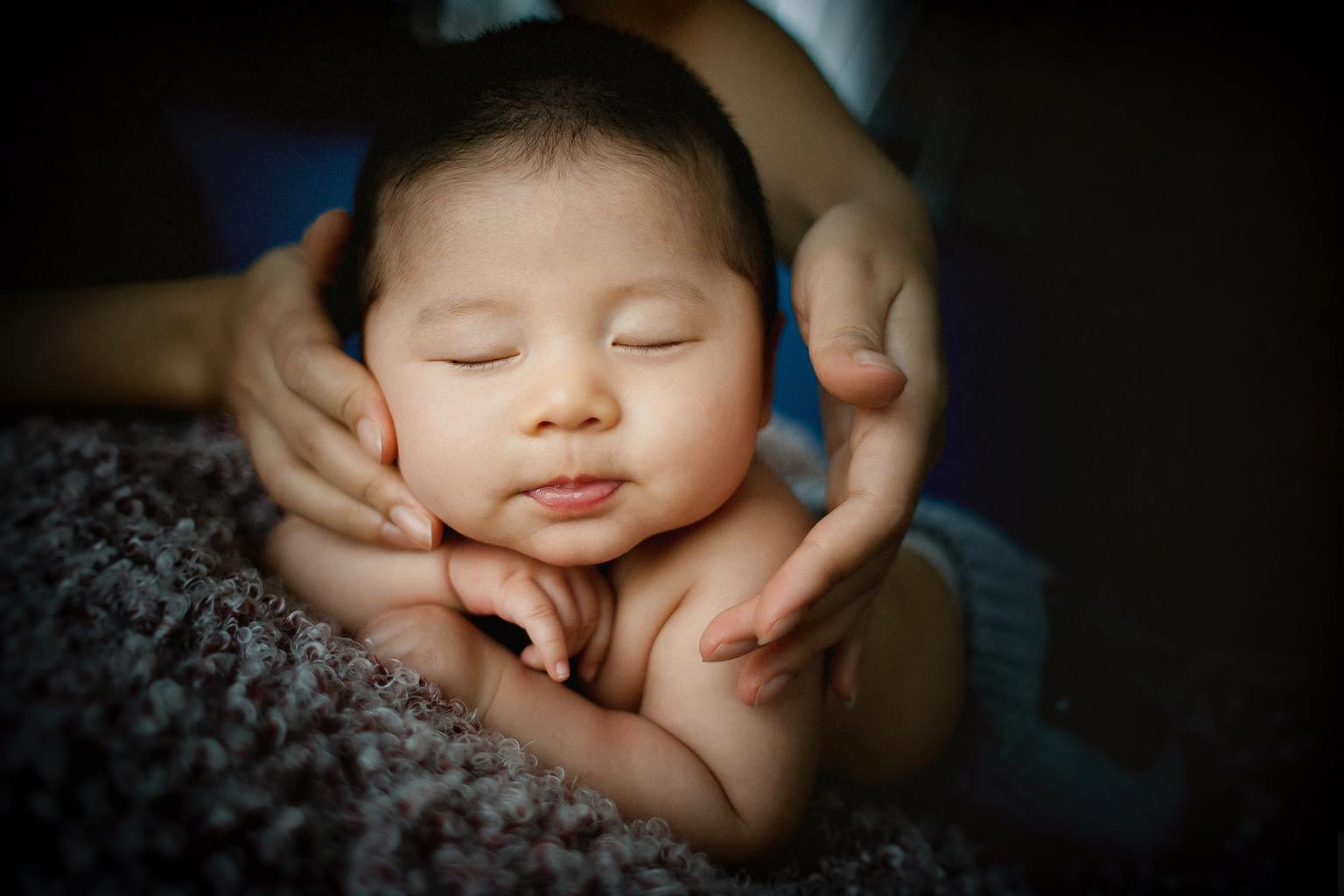
NEWBORN PHOTOGRAPHY AT HOME
A baby born a few days ago who has left the comfortable world of his mother's tummy in which he is protected and isolated from noise, light or cold. For the baby to be comfortable, you must create an environment in which both mother and baby feel perfectly comfortable.
- The temperature of the room that you have chosen must be quite high, think that surely the baby will represent him with little or no clothes and also regulates the temperature much worse than us, he has less fat, muscle, etc.
- Find a room with good natural light.
- Pay attention to the background, the more minimalist it is, the better.
- Find a place to put the baby. It can be a puff, a bed, an armchair...
- Play with blankets or textures in neutral tones on which to place the baby. This way you can beautify not very photogenic surfaces while not detracting from the newborn.
- Forget about circus compositions with the newborn. Nothing is more important than the safety of the little one. Look for safe and comfortable places, no matter how many bizarre images you have seen on networks, keep common sense and safety above all else.
- The baby is the protagonist, but also look for a photo of interaction with the different members of the family. That memory is highly valuable.
- In newborn home photographs, you have the opportunity to get more documentary and personal images of the family in question. Your furniture, your corners, etc. will be seen. That's part of the new baby's life, too, so don't discount the environment, at least in some photos.
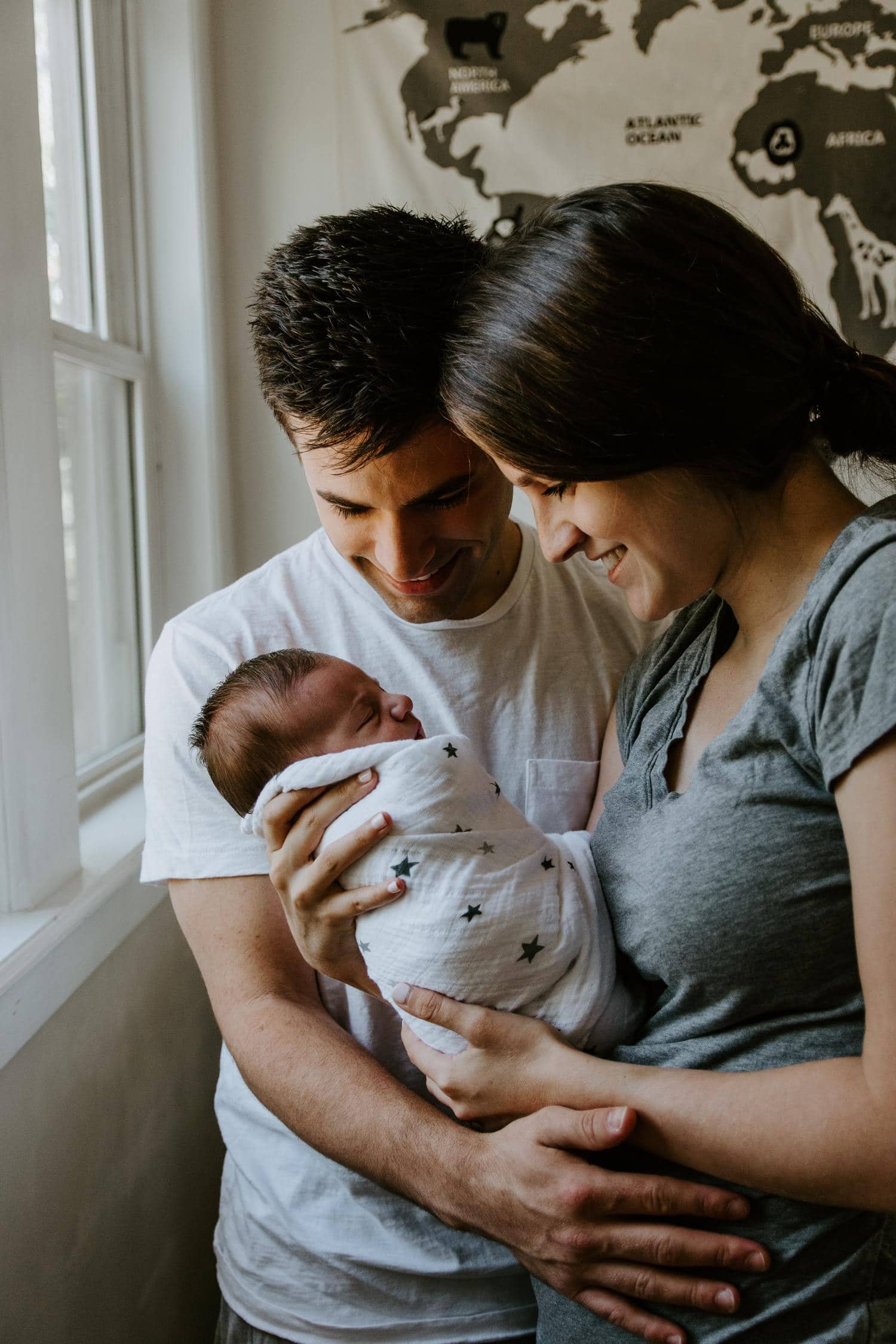
TIPS AND TRICKS FOR PHOTOGRAPHING NEWBORNS
Beyond everything that I have already explained so far, I have some tips and tricks that I think can help you to have a successful session with the babies.
- Forget the rush. If the rush is not good in general, in this case, it is fatal. An atmosphere of nervousness of both the baby and the mother predicts a failed session ;). Try to redress the situation by giving them the time they need and all the encouragement and help they need.
- Adapt to the rhythm of the baby and his mother, especially if she is breastfeeding.
- After eating they usually fall asleep and it is the ideal time to start the session, so before feeding, undress him, cover him well with a blanket and wait for him to eat and fall asleep again.
- Take the breaks that are necessary and some more :).
- Less is more. Newborn babies are so fascinating that they need little else around them.
- Get very, very close: the details of a newborn are something fascinating, the fingers and toes, the ears, the eyelashes… Hit the macro if you have one, and if not, get as close as you can.
- Photograph his gestures, not only when he is fast asleep, photograph him awake as well.
- Photography with manual mode or, failing that, with aperture priority.
- Use large f- stops to bring out details and blur the background.
- An ISO value as low as possible guarantees maximum sharpness.
- RAW photography (if you can) to be able to process the image in the best conditions.
- Try different angles and perspectives, zoom in, zoom out, turn around…
- Once you have taken all the photos in that position, try a new one, delicately and gradually so that you do not notice a sudden change. Here's a link to Pinterest where you'll find tons of pose ideas.
- Use protectorsunder the first decorative blanket to protect the puff/sofa or place where you are going to place the newborn and the rest of the filling.
- Give life to your photos and print them. Nothing to leave them on the hard drive.
Learn to "wrap" the little one. Not only to take beautiful photos but also because it helps them calm down and fall asleep. In this video you can see how it is done.
With this technique you can get images as tender as this one:
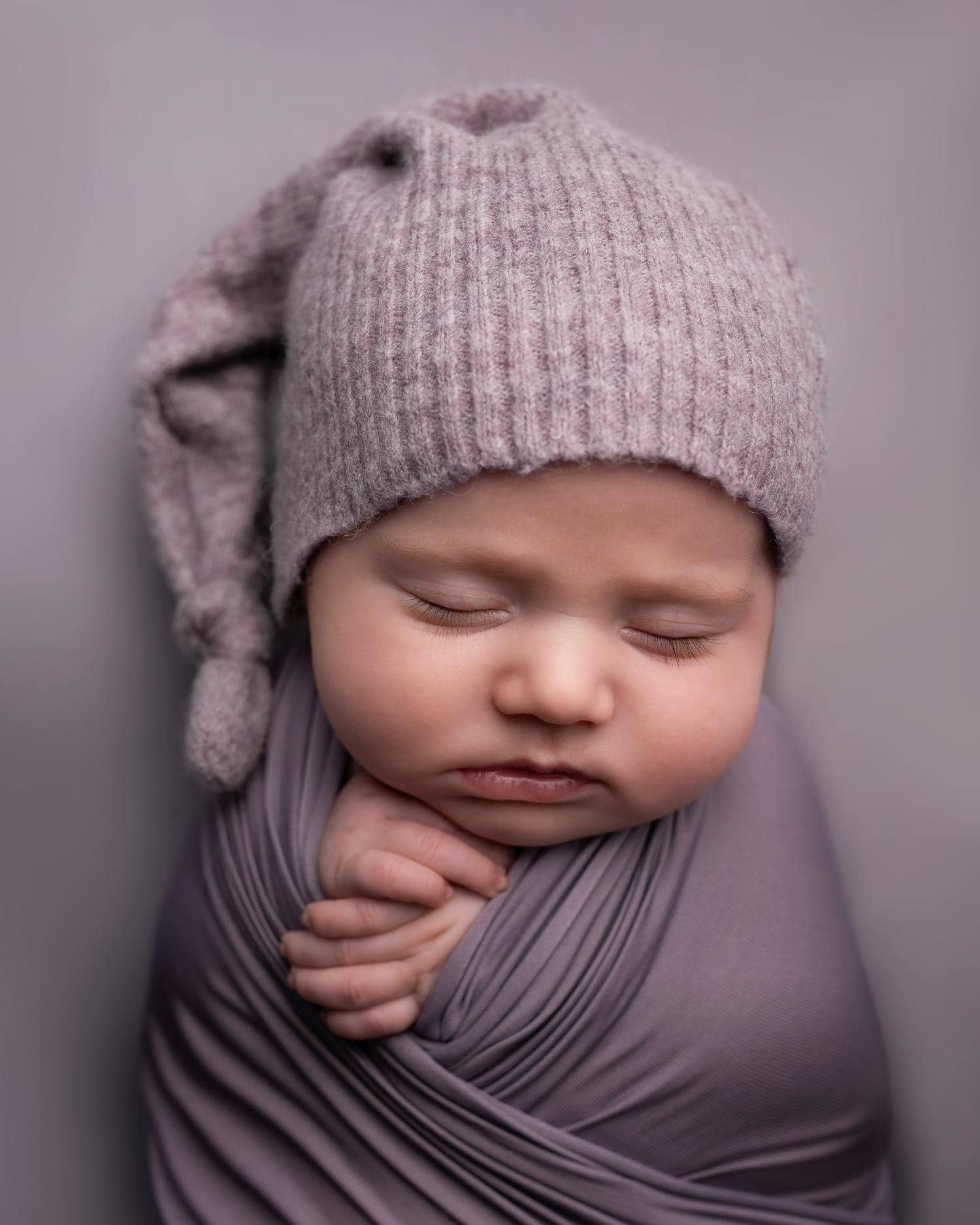
EDITING IN NEWBORN PHOTOGRAPHY
To edit a newborn image, I advise you not to get carried away by excessive retouching. Sometimes it is easy to fall into it without realizing it and end up with unnatural images.
A newborn baby does not need too much retouching, it is perfect as it is, at least in my opinion. In this sense I recommend:
- Don't abuse clarity, but don't abuse the opposite effect either.
- Keep the colors true to reality.
- If you need a bit more saturation, add it via tools like Vibrance (in Lightroom), which adds punch to only undersaturated colors and not to all. The result is much more natural.
- Work the exposure through lights and shadows.
- Above all, be careful with your skin tone, it is easy for "fiddling" to end up with skin that turns orange or red.
- Set the white balance well.
- There are no defects in a newborn baby ? so please don't take anything away from it, not the lanugo or the wrinkles, not the skin it may have. It's all part of the magic of photographing a baby just a few days old.
- Cheer up with black and white, it offers timeless, serene, elegant images that look great with this type of photography.
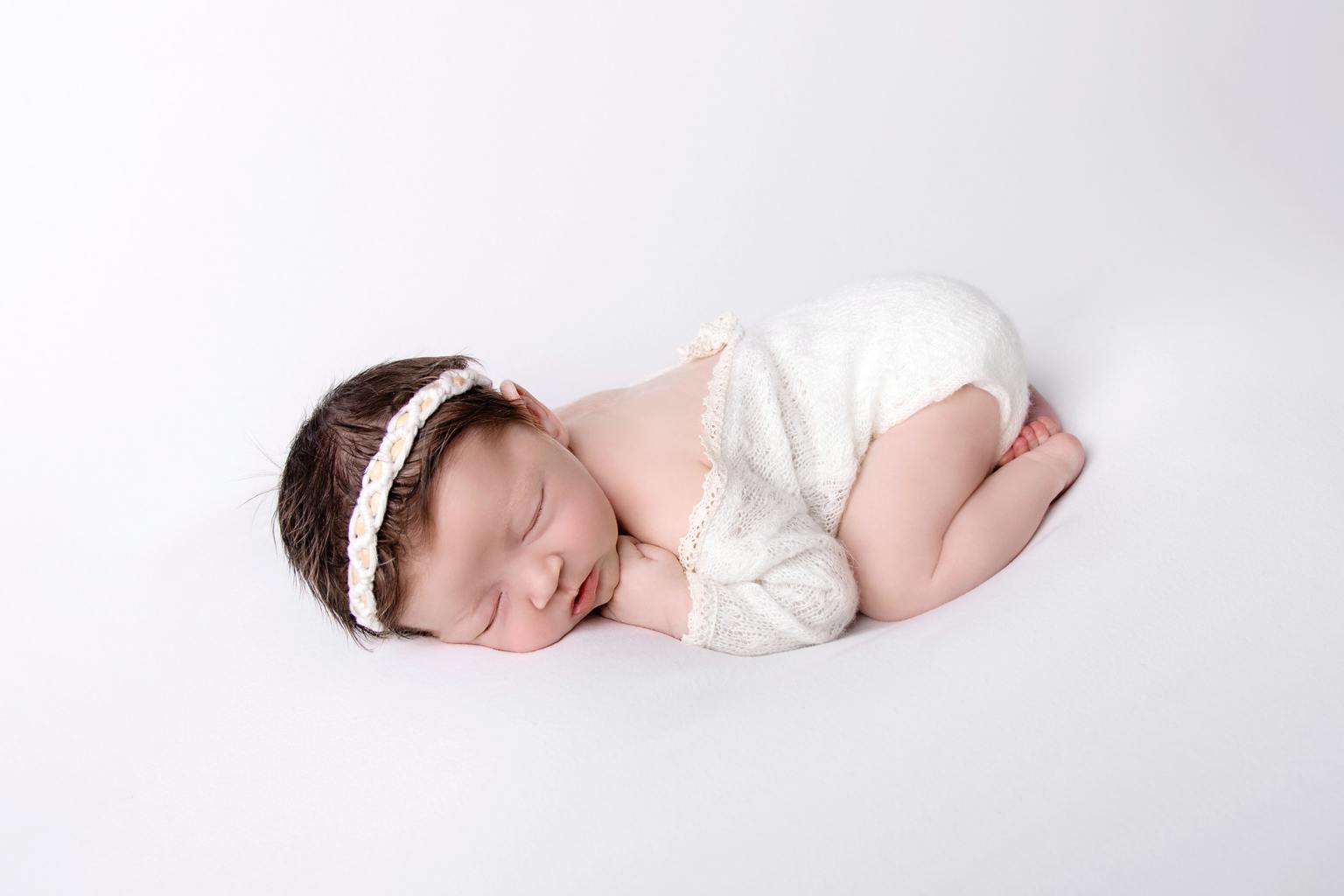
NEWBORN PHOTOGRAPHERS TO FILL YOU WITH INSPIRATION
The best way to start a newborn portrait session is to take a good dose of inspiration with you, some photo ideas that you have seen and liked, styles that you identify with and would like to recreate, etc.
In short, you should first look for inspiration on the subject, so you will avoid getting stuck and not knowing what to do. Write down a few ideas, use them to break the ice, and then let yourself go
Here is an article with newborn photographers that you are going to love and they are going to give you a lot of ideas for your photos .
EXPECTATION VERSUS REALITY: OVERCOMING FRUSTRATION
You know those funny videos you see on social media about expectation versus reality? No doubt newborn photography could produce hours and hours of these hilarious montages.
By that I mean be realistic, those photos that you hallucinate on Instagram are surely the result of hours of work and experience, so don't despair if the result you get is not the same.
Start with simple challenges, get nice details, make sure the focus is where it should be and the image is well exposed. In short, start with "basic" images but make sure they are correct. You always have time to complicate the scene, go little by little, and step by step, and you will see how each photo you take is better than the previous one.

